Falcons, masters of aerial prowess, represent a fascinating group of birds of prey, captivating observers for centuries. Their remarkable speed, hunting techniques, and adaptability have secured their place as apex predators across diverse ecosystems. This article delves into the world of falcons, exploring their biology, behavior, ecological role, and cultural significance.
What is a Falcon?
Falcons are generally classified within the family Falconidae. They are characterized by their streamlined bodies, long pointed wings, and powerful flight muscles. These features enable them to achieve incredible speeds, with the Peregrine Falcon being the fastest animal on Earth, reaching speeds exceeding 200 miles per hour during its hunting stoop.
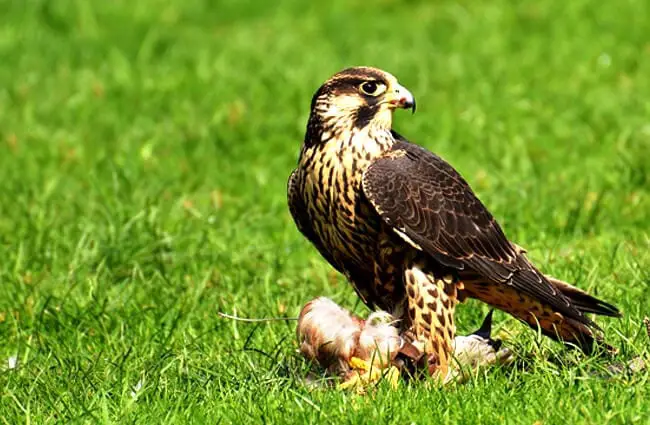
Physical Characteristics
Beyond speed, falcons possess several other defining characteristics. They have sharply curved beaks used for tearing flesh, and strong talons for capturing and holding prey. Their keen eyesight allows them to spot potential meals from great distances. Falcon sizes vary significantly depending on the species, ranging from the small Pygmy Falcon to the larger Gyrfalcon.
Habitat and Distribution
Falcons exhibit a remarkable global distribution, inhabiting nearly every continent except Antarctica. Their adaptability allows them to thrive in a variety of habitats, including grasslands, deserts, forests, and even urban environments. Some species, like the American Kestrel, are common sights in agricultural areas, while others, like the Peregrine Falcon, prefer rugged cliffs and coastlines.
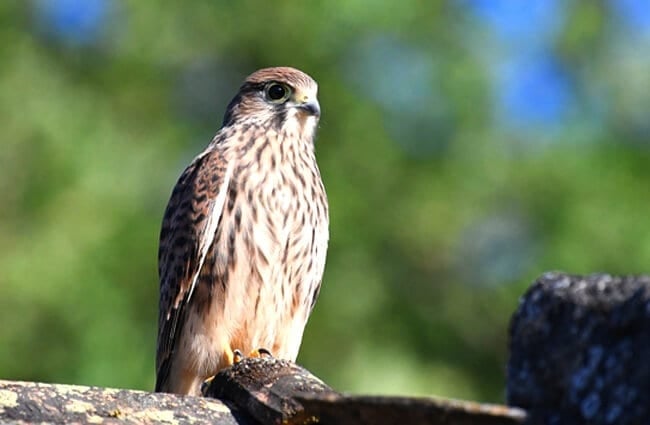
Evolutionary History
The evolutionary history of falcons is a subject of ongoing research. Fossil evidence suggests that falcon-like birds existed as early as the Oligocene epoch, around 30 million years ago. The precise relationships between different falcon species and their ancestors are still being investigated using molecular and morphological data. It is believed that the Falconidae family diverged from other raptor groups relatively early in their evolutionary history.
Diet and Hunting Techniques
Falcons are carnivores, and their diet primarily consists of birds, small mammals, reptiles, and insects. Their hunting techniques vary depending on the species and the type of prey. Some falcons, like the Merlin, pursue their prey in agile flight, while others, like the Prairie Falcon, use a combination of speed and stealth. The Peregrine Falcon’s famous hunting stoop involves diving at incredible speeds to strike its prey mid‑air. This allows it to take down birds much larger than itself.
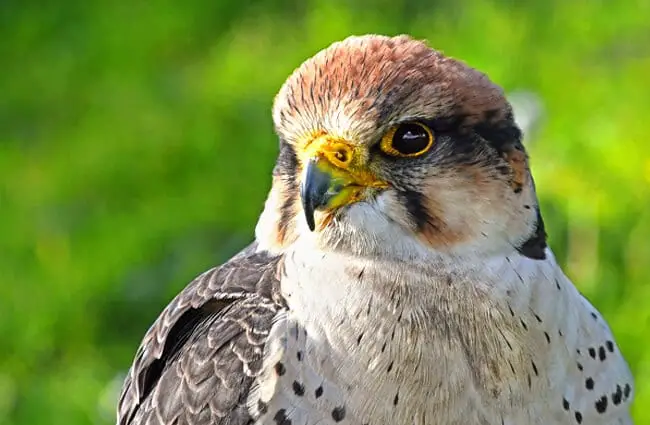
Reproduction and Life Cycle
Falcons typically form monogamous pairs, and many species mate for life. They do not build elaborate nests; instead, they often use scrapes on cliffs, ledges, or even abandoned nests of other birds. The female lays a clutch of eggs, usually between three and five, which are incubated for about a month. The young falcons, called eyasses, are altricial, meaning they are helpless at birth and require extensive parental care. They fledge, or leave the nest, after about six to eight weeks, but continue to rely on their parents for food for several more weeks.
Ecological Role and Interactions
As apex predators, falcons play a crucial role in maintaining the balance of their ecosystems. They help control populations of their prey species, preventing overgrazing or other ecological imbalances. Falcons also interact with other animals in various ways. They may compete with other raptors for food, and they can be preyed upon by larger birds of prey or mammals. Additionally, falcons often rely on other species for nesting sites or food resources.
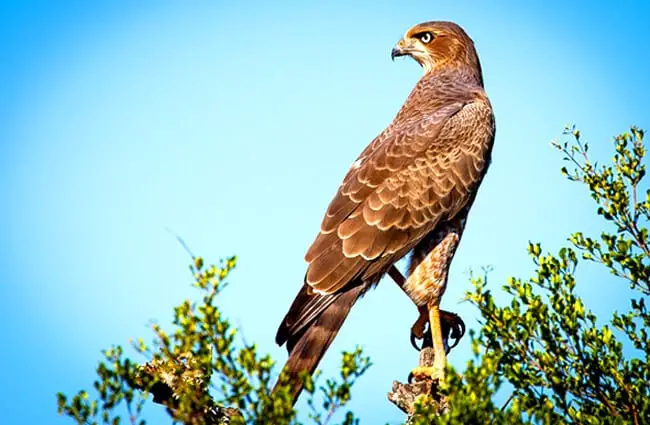
Falcons and Human Culture
Falcons have held a significant place in human culture for centuries. In many cultures, they have been symbols of power, courage, and nobility. Falconry, the art of hunting with trained falcons, dates back to ancient times and is still practiced today in many parts of the world. Falcons have also been featured in art, literature, and mythology, often representing divine messengers or protectors.
Falcons and Humans Today
Historically, falcon populations have been threatened by habitat loss, pesticide use, and illegal hunting. The pesticide DDT, in particular, had a devastating impact on Peregrine Falcons, causing eggshell thinning and reproductive failure. Thanks to conservation efforts, including the banning of DDT and the establishment of captive breeding programs, many falcon populations have recovered significantly. However, ongoing threats remain, such as habitat fragmentation, climate change, and collisions with human structures.
If you encounter a falcon:
Observe from a distance. Do not approach or attempt to feed it. If the falcon appears injured, contact a local wildlife rehabilitation center.
For Zookeepers caring for Falcons:
- Provide a spacious enclosure with high perches.
- Offer a varied diet of appropriately sized prey.
- Provide opportunities for flight exercise.
- Regularly monitor the bird’s health and behavior.
- Avoid overcrowding or stressful situations.
Interesting Falcon Facts
- The Peregrine Falcon is the fastest animal on Earth, reaching speeds of over 200 mph.
- Some falcon species can see up to eight times farther than humans.
- Falcons have a nictitating membrane, a transparent third eyelid that protects their eyes during flight.
- Gyrfalcons are the largest falcons, with a wingspan of up to 5 feet.
- Pygmy Falcons are among the smallest raptors, measuring only about 6 inches in length.

Conclusion
Falcons represent a remarkable group of birds of prey, captivating observers with their speed, agility, and hunting prowess. Their ecological role as apex predators is crucial for maintaining healthy ecosystems, and their cultural significance has been recognized for centuries. Through continued conservation efforts, we can ensure that these magnificent birds continue to soar through the skies for generations to come.

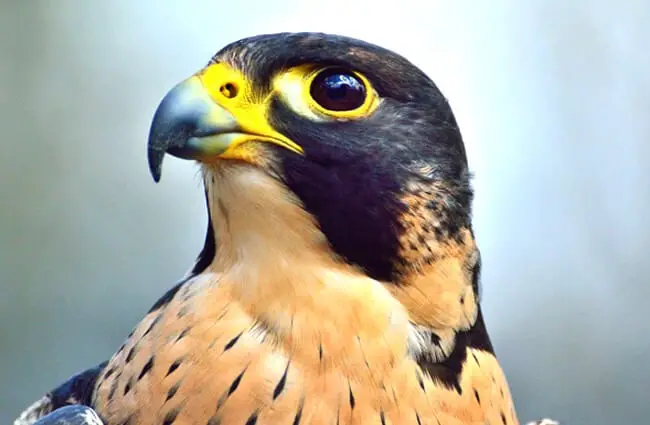

![Red Angus Closeup of a beautiful Red Angus cowPhoto by: U.S. Department of Agriculture [pubic domain]https://creativecommons.org/licenses/by/2.0/](https://animals.net/wp-content/uploads/2020/03/Red-Angus-4-238x178.jpg)




![Red Angus Closeup of a beautiful Red Angus cowPhoto by: U.S. Department of Agriculture [pubic domain]https://creativecommons.org/licenses/by/2.0/](https://animals.net/wp-content/uploads/2020/03/Red-Angus-4-100x75.jpg)

